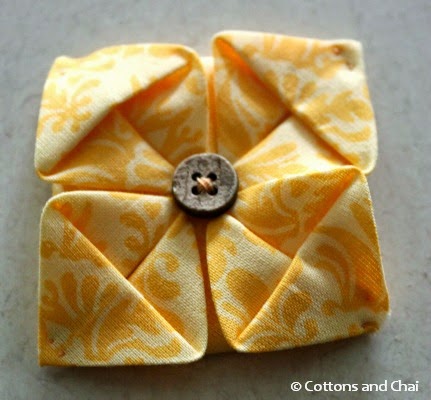Well, September is here and kids everywhere will be heading back to school (if they haven't already!). I remember feeling excited on the first day of school every year - meeting classmates and friends again, talking about what we all did during the summer vacation and of course, oohing and aahing over new funky shaped erasers and school bags and all the other important tools of learning. (Of course, all the excitement dissipated slowly over the week as homework started to pile up!)
So we thought today we'll do a round up of our favorite back to school sewing tutorials from the web.
1) Pencil Pouch by Gwenny Penny
Who doesn't need a cute little pencil case to show off at school? There are tons of tutorials for making regular rectangular zippered pouches but this pencil shaped pencil pouch is just too cute for words. It is very well made and the tutorial is clear with great pictures of every step.
Here it is: Gwenny Penny Pencil Pouch Tutorial
2) Sandwich and Snack bags from Life Your Way
All that studying is got to make those kids hungry! Here's a quick way to make some reusable sandwich and snack bags that can go in a backpack in addition to your kids' lunch bag and also comes in super handy on other days out.
Check out the tutorial here: Life Your Way Snack Bag
3) Water Bottle Tote from The Long Thread
All that snacking is got to make those kids thirsty! Time to make this simple and cool water bottle holder - I like that it has elastic at the top to keep the bottle in, and also that the tutorial gives you instructions on how to modify the size if required.
Here's where to find the tutorial: The Long Thread Water Bottle Tote
4) Journal Cover from Bloom and Blossom
All right, enough eating and drinking and now back to the books. How lovely it would be to have a book that looks inviting! This is a well constructed journal cover tutorial and like the previous one lets you make yours according to your book size. I won't judge the book, but the cover sure is nice!
Here it is: Bloom and Blossom Journal Cover
These would make great gifts to any kids you know that are going back to everyday drudgery school!



















































